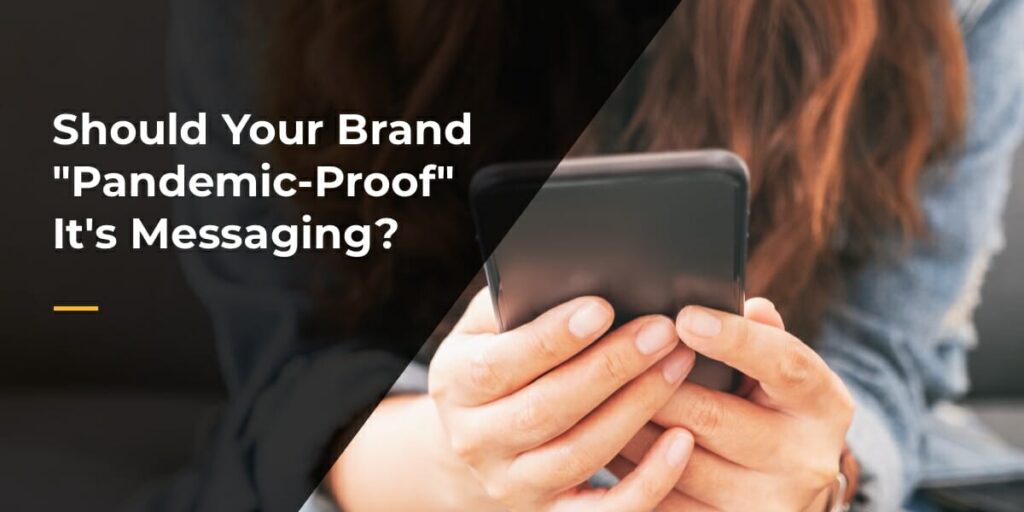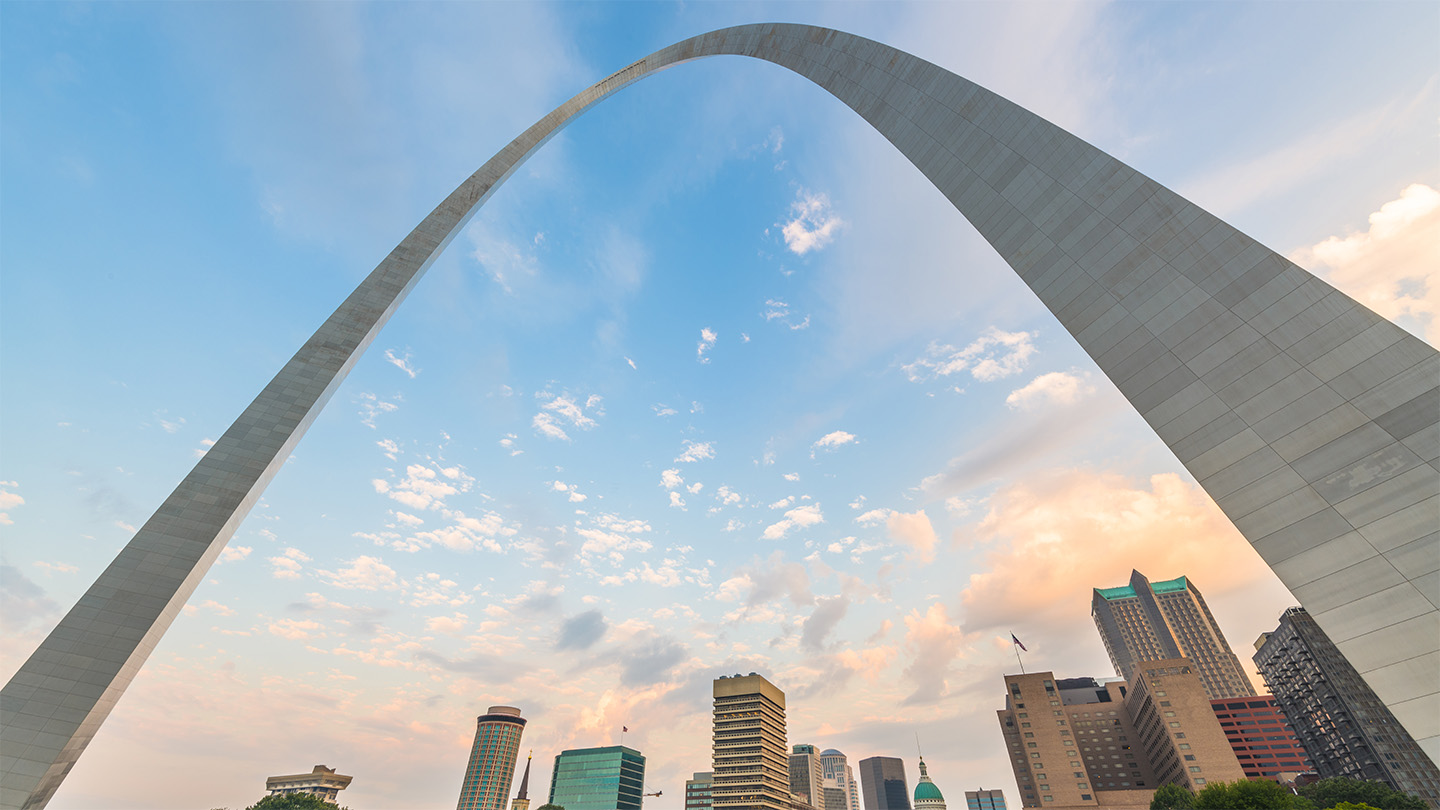Don’t worry, this article has little to do with the COVID-19 virus itself and more to do with what we should broadcast to the world when there’s a wide-spread crisis at the forefront of daily life. This question comes to mind because companies have all taken different tones with the messages they’re putting out during this time. Some brands are going with the comic-relief route, some are staying pretty neutral, and others playing into people’s fears. Does it matter what tone your message takes? Yes, and here’s why…
People Really Look at How We React to Pressure
As one quote puts it, “Character is who you are under pressure, not who you are when everything’s fine”.
Don’t jump, but your brand is being looked at even more closely now than ever, whether you realize it or not. By who? Clients, potential clients, your city, and even your employees. Deep down, they want to know how you’ll react, what you’ll say, and how you will continue to carry on with business during this bizarre season. If you think hard enough, surely you can think of a time you were either impressed or not-so-impressed by how a friend, co-worker, or family member handled a stressful situation. We’re all human. We all blow a fuse at some point, but it’s key to try our best to remain calm and even positive when sh*t hits the fan, because this is what people admire most.
Give People What They Want, Not What They Think They Want
Do we really know what we want when it comes to this pandemic? It seems many of us “think” we want to know how many new cases there are today, what horrors other countries are facing, what’s the likelihood of coming down with the illness, when will it end, etc. But what we really want is something to ease us or take our mind off of the whole thing. All the toilet paper and facemask memes have seen so much success because people need to associate some sort of humor with this thing in order to cope. What should you not do? Play into people’s fear or anxiety just to draw them in.
Peace Not Panic: Match the Sensitivity of the Climate
We’re in that place that most of us don’t like to be: a world of uncertainty. It’s unknown what’s going to happen in the next few months, and that’s just that. The nation, and entire world are a little bit on edge and it’s important to be sensitive to that. This means giving your message a second pass before sending it out to the world. Let’s call it — “Pandemic-Proofing”.
Here’s some basics for an ideal round of Pandemic-Proofing:
- Does it cause fear or anxiety?
- Do messaging or visuals conflict with social distancing?
- Do messaging or visuals conflict with sanitary advice?
- Is it just downright annoying?
If the answer to one of these questions is yes, then think again. KFC recently pulled their “Finger Lickin’ Good” ads because some viewers found it irresponsible (163 people complained to the Advertising Standards Authority, the U.K.’s advertising regulator). Also Coors Light and Hershey Co. just pulled ads because they worried that showing hugs and handshakes or making working from home jokes could be seen as insensitive. The point is, if it seems like it could be seen as insensitive, then it might be best to avoid it.
Offer Help, Be Positive, and Try to Carry on Like Normal
As people, it’s important to try and offer help when the chips are down. For a business’ purposes, this could mean making a point to communicate and just say hello to clients or customers. This could even be something drastic; look at the major fast-food chains offering free delivery to help ease the shelter-in-place orders. If your company can help people that are down and out, people will notice it.
How does positivity look in terms of messaging? It could be as easy as using calming words, colors, and imagery. This may also mean not overloading people with sales-heavy offers or pestering them with too many retargeting ads or automated emails. The bottom line is that you can let people dig up the fearful and anxiety-inducing content on their own, if they choose to. But your brand should avoid any visual or verbal messages that are off-color or fear-inducing — the news seems to have the latter covered.








